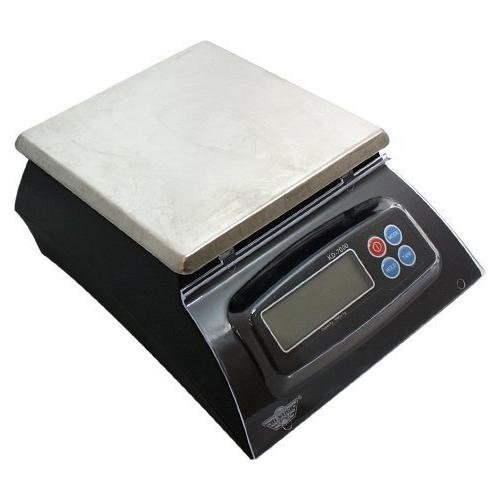How to Achieve Level Cake Layers
There are a variety of factors that can affect how level your cake layers are when they come out of the oven.The first consideration might be whether your oven or oven racks are level. If your oven is a free standing range and the appliance itself isn’t level, resolution of this problem can be pretty straightforward. Most stoves have adjustable legs. Using these and a level, or shims, if necessary, can straighten the situation right up.If you have a drop in range or wall oven, it’s a bit more complicated. You will have to address the issue on the racks in the oven. You may want to use something like a metal skewer, strategically placed under the lower side of your cake pans to raise it up to give your batter a level start.
Is your oven thermostat accurate? Even the newest stove can have an inaccurate thermostat. This can affect how your cake bakes and how much your cake does or doesn’t rise. An oven thermometer can help you assure that the cake is baking at the appropriate temperature.
Hot spots? Often there are hotspots in an oven that can result in uneven baking. Your oven thermometer can also help you to determine if one or more areas of your oven bake hotter than others and you can adjust your baking temperature accordingly.Once you have determined that the cake pans are able to rest levelly in the oven and the temperature is accurate, your oven is ready for you to bake your cakes according to your recipes.
By weighing your cake pans with the batter in them, you can determine over time just the right amount of batter to use with each recipe in various size
pans. This is just one great reason to invest in a good kitchen scale. Keep a book with all your formulas and quantity data. This will allow you to fine tune the amount of batter you use to get the tallest layers with the
least amount of waste.

Another great tool to use is Bake Even Strips or Magic Strips. Have you found that your cakes “dome” when they bake? This happens because the sides and bottom of the cake batter bake faster as they touch the hot pan surface. These strips are wrapped around your pans after a brief soak in water and are pinned with the T-Pin included. They insulate the sides of the pan, slowing down that baking process. Your cake layers are sure to come out more level! Bake Even Strips come in different sizes – you can pin them together to accommodate your different pan sizes.
Once the cake tests done according to your recipe... with skewer or cake tester, for example, you will want to cool the layer – again, according to your cake recipe. Your average cake will cool in the pans for 8 to 10 minutes, or longer depending on cake size and depth of the pans.While the cake pan is still warm, for most cakes you will “dump” the cake. Place a cooling rack over top of the cake pan and then turn both the cake and the pan over. Carefully remove the cake pan. If you used a parchment circle or sheet when baking the pan, peel this off the layer, allowing the steam to escape. Then take a second rack and turn over again so the layer is now in an upright position.
We know the bottom of our cake layers are even. By cooling them right-side up, we maintain that level surface.
Once the layers have been baked and cooled, you can check them again for level. Some cake recipes will tear if you try to level them before they have cooled completely. If they still aren’t quite level you can:
- Trim them with a serrated knife, using your turntable to help with even turning.
- Use one of the Cake Levelers available. This helpful tool will allow you to cut all of your layers, to the exact same height. There are smaller levelers for smaller cakes and bigger levelers that will work with most any size layer.
Once your layers are cooled and level, they will be ready to fill, frost and decorate with the design of your choice.
